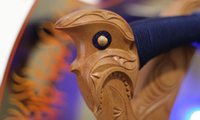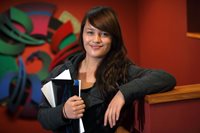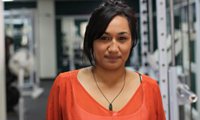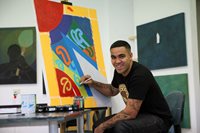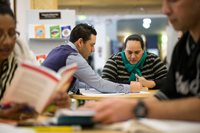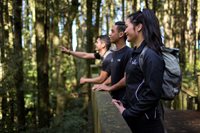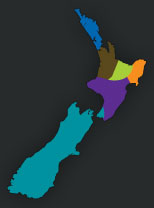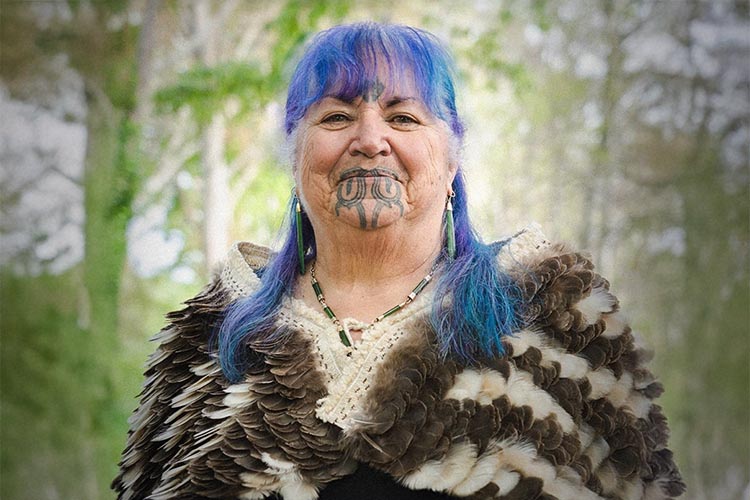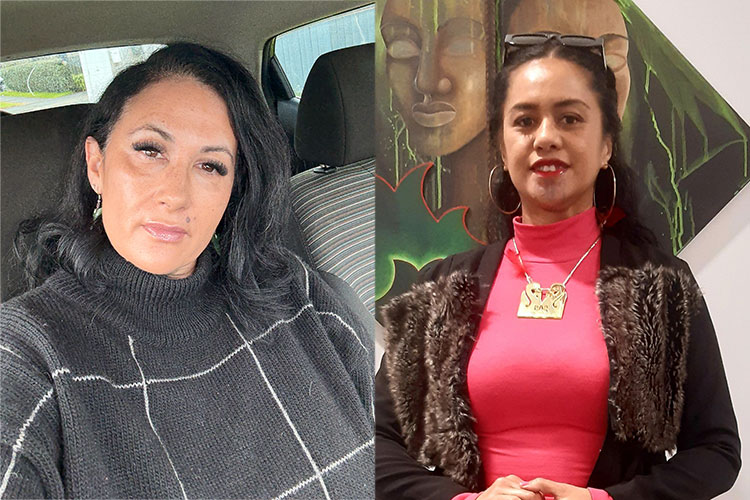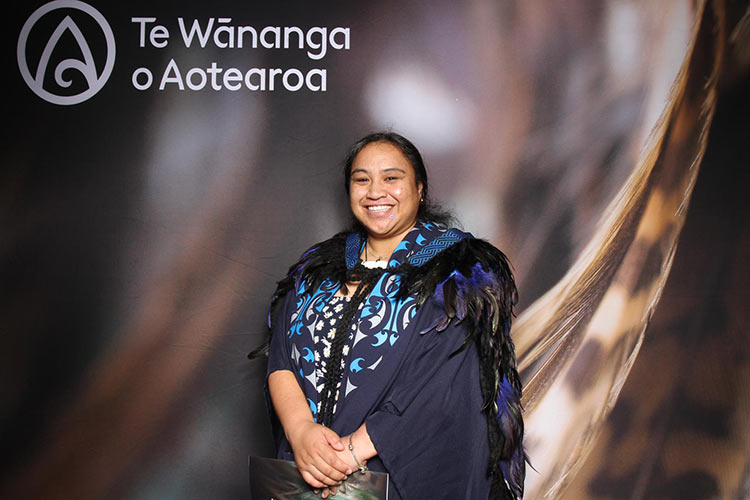Kimiora Raerino (Ngāti Awa, Ngāti Rangiwewehi, Kōtimana) is a proud mother of two and nanny of two. A self-described ‘urban Māori’, she was born in Rotorua, spent her childhood in Rotorua, Wellington, and Auckland, and has now lived in Tāmaki Makaurau for over 45 years.
Kimiora says she hated school.
“I never imagined I’d take the academic or university route. I hated being stuck in a classroom, and focusing was never easy for me.”
After leaving school, she worked as an office junior in a freight company, then became a case manager at Work and Income, specialising in sole parent support. It was during this time she realised that she felt like she was propping up a system she didn’t believe in and decided to challenge it from the outside instead.
“As Māori we were stuck in a system that was of no benefit to us. I saw Māori whānau I felt a lot of aroha for, and I couldn’t support them.”
That realisation led to the start of her journey into research, to learn about herself and re-connect with te ao Māori and then find and follow her research passions.
After securing financial support, Kimiora left her job and enrolled at AUT, completing a Bachelor of Arts.
A role model encouraged her to keep going, and she later completed a Master of Arts, exploring iwi identity in urban settings.
“I thought, wow — I can do this. Maybe I’m not too bad at studying after all!”
Reconnecting with her Māoritanga helped her rediscover herself and uncover a deep passion for learning. Although her father was a fluent speaker of te reo Māori, he rarely spoke it at home, and she never picked it up herself growing up. She was the first in her whānau to enrol her children in Te Kōhanga Reo and made a commitment to learn te reo herself. The more she learned, the more connected to her culture and identity she felt.
Eventually, and somewhat reluctantly, she began a PhD focused on urban marae and Māori engagement through māra kai.
“The five years of my PhD probably killed many brain cells. But the key is finding your passion. Mine is our environment, and how that shapes our health and wellbeing as Māori: green space, clean air, safe streets, cultural landscapes – and most of all – our connections to each other and to our whenua.”
She worked closely with marae in Tāmaki, she saw how time spent in the māra kai often became a pathway for whānau to reconnect – restoring relationships, passing on knowledge and rebuilding a sense of belonging and collective life.
Kimiora now works part-time for Te Manawahoukura, as a Kaihapai Rangahau Matua (Senior Research Fellow). Her latest project is the Māori Streets Survey — which invites people to imagine a street designed by Māori, for Māori. If you haven’t already, you're invited to complete the survey before it closes by clicking the image below.


